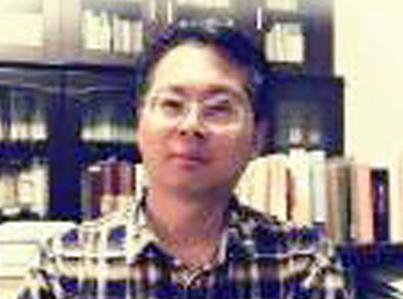Reform and opening up nurtures study of ancient Chinese literature
 A great shift in the path of China’s destiny, reform and opening up has profoundly affected the country’s economy, politics, society, culture and other aspects. In this process, as in other areas of the humanities and social sciences, the study of ancient Chinese literature also progressed from recovery to prosperity, making many historic achievements along the way.
A great shift in the path of China’s destiny, reform and opening up has profoundly affected the country’s economy, politics, society, culture and other aspects. In this process, as in other areas of the humanities and social sciences, the study of ancient Chinese literature also progressed from recovery to prosperity, making many historic achievements along the way.
In the study of ancient Chinese literature, one question to be answered in terms of research concept is, “What is this research for?” There were two extreme trends of thought regarding this. One was that the study of ancient Chinese literature lacks value and significance—the study is either considered full of the dross of feudal society or considered detached from modern society. The other notion is that studies of ancient Chinese civilization including the study of ancient Chinese literature shoulder the responsibility of national rejuvenation. In fact, either debasing or overrating the field is inadvisable. Researchers should have a lucid, clear understanding of this. The study of ancient Chinese literature—the crystallization of traditional culture—is indeed important for the country and nation at large. But after all, it is in essence a fundamental discipline of the humanities. To require it to have an immediate effect on promoting the social reality of a nation is unrealistic. For researchers in this field, it is perhaps best to have a moderate mindset, undertaking the study without expecting instant benefits or seeking quick effects.
What comes with the progress of thought is the updating of methods, which in turn fosters the former. In the past 40 years since the reform and opening up, the study of ancient Chinese literature has sufficiently inherited the domestic resources and absorbed beneficial portions of Western research. As a result, diverse modern research methods have been produced. At the same time, scholars have developed the ability to perceive the trends of Western scholarship in a more lucid and practical way.
When a discipline is fully developed and mature, it usually takes on two trends: One is to produce a number of branches, each of which has its own research direction; the other is to converge and interact with other pertinent disciplines, generating some research fields that bear multi-disciplinary features. Over the past four decades since the reform and opening up, these two trends have generally shaped the study of ancient Chinese literature.
The study of ancient Chinese literature in the modern sense began in the early 20th century. Looking back, many works in the early stages of the discipline’s development bear invaluable historical significance, but what they outline is often just the basic blueprint of the discipline. After more than a hundred years of development, especially over the 40 years since the reform and opening up, the situation has changed a lot. By now, all important time frames, various stylistic features and all the important writers have been included into the current research paradigm. It is already difficult to continue to “fill in the blanks” in the study of ancient Chinese literature.
Some new growth points have appeared since the reform and opening up as the vision and approaches of the discipline have expanded. Though overseas Chinese literature had been already known to native Chinese people in the late Qing Dynasty (1644–1912), the subject needed the context of a stronger nation and opening up to truly blossom. This kind of research extends its eyes to the whole East Asian cultural circle and even the world at large, exploring the generation, dissemination and evolution of Chinese literature in Japan, DPRK, Vietnam and other countries. With both academic value and cultural significance, it plays a positive role in the cultural confidence that China advocates today.
Sorting out ancient classics and conducting reviews are the basic components of studying ancient Chinese literature. Since the reform and opening up, China has placed a high premium on this job. The national leading group for ancient classics collation and publishing was resumed, and special funds as well as project grants were set up.
Databases of ancient classics have also progressed. Databases generally include two categories: the image versions of scanned original books and digital texts that can be searched. As for the former, full-text images of many ancient classics can be found on the websites of the National Library of China and other libraries. As for the latter, digital texts can be found in the Chinese Ancient Classic Ebooks database, for which research and development was completed, making it an indispensable resource for many scholars.
The Chinese Ancient Classic Ebooks database has been subscribed to by Harvard University Library and other famous overseas academic institutions, giving it extensive international influence. It should become a trend that the native studies of ancient Chinese civilization should guide overseas Sinology, mainly in terms of source material and literature. However, what comes with this is also a tendency of overly relying on computer searches and overuse of the search data. Therefore, contemporary researchers should pay close attention on how to make full use of modern means of research without losing the traditional distinctiveness of the study of ancient Chinese literature.
Zhang Wei is a professor and the director of the Ancient Literature Teaching and Research Office of the School of Chinese Language & Literature at South China Normal University.
(edited by BAI LE)
